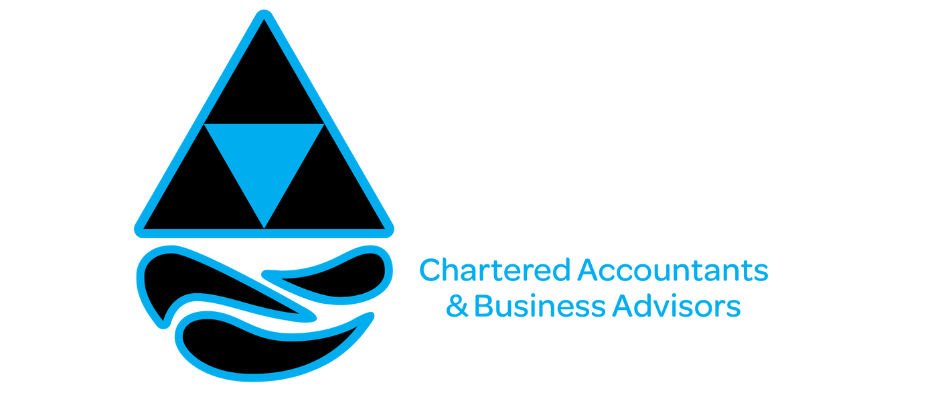What is intellectual property? And how do I protect mine?
Intellectual property (IP) can be one of the most important assets you own as a business.
Your IP covers the ideas, processes, inventions and product features that set your company apart from the competition. It may be that you’ve developed a software algorithm that drives your cloud applications, or a special kind of seal that helps keep your food products fresh. In a nutshell, your IP is anything that a competitor would love to copy (or steal) in order to replicate your products, services or industry knowledge.
Protecting the legal ownership of your IP is a prudent move, and in most cases this will be done using a patent, copyright or trademark.
What is a patent?
A patent is used to protect a specific process, invention or product innovation, giving your company exclusive use of this specific process or unique product type.
A patent requires you to file a design for your innovation, giving an unambiguous explanation of how the process works, how the product is made or how your unique new invention achieves its intended purpose. As a business, you pay to file this patent with your relevant government body, and then will have exclusive rights to this innovation for a given period.
Patenting a new idea allows you to protect any innovations giving you a competitive edge over other companies in your sector.
What is a copyright?
Patents protect a new process or innovation, whereas a copyright projects original works produced by your business. These can be published or unpublished works and could cover anything from books, sound recordings, software applications or even works of art.
As with a patent, a copyright gives you exclusive rights and allows you to copy, reproduce and publish any copyrighted assets owned by the business.
What is a trademark?
Whereas a patent protects a specific invention, a trademark allows you to protect the logos, words, brand phrases or symbols associated with your goods and services.
Once you’ve trademarked a particular element of your brand, that prohibits your competitors from using and benefitting from that trademarked item. As an example, the Nike ‘swoosh’ on the side of their shoes cannot be copied, replicated or used by any other manufacturer unless you fancy a very expensive and fruitless legal case!
Cadbury, the chocolate manufacturer, even attempted to trademark it’s own distinctive shade of the colour purple although this trademark attempt has recently failed.
Talk to us about protecting your company’s IP
If you have intellectual property that is currently not protected, come and talk to us. We can put you in touch with the relevant IP law specialists, so you can set up the patents, copyrights or trademarks you need to protect the future of your business.
